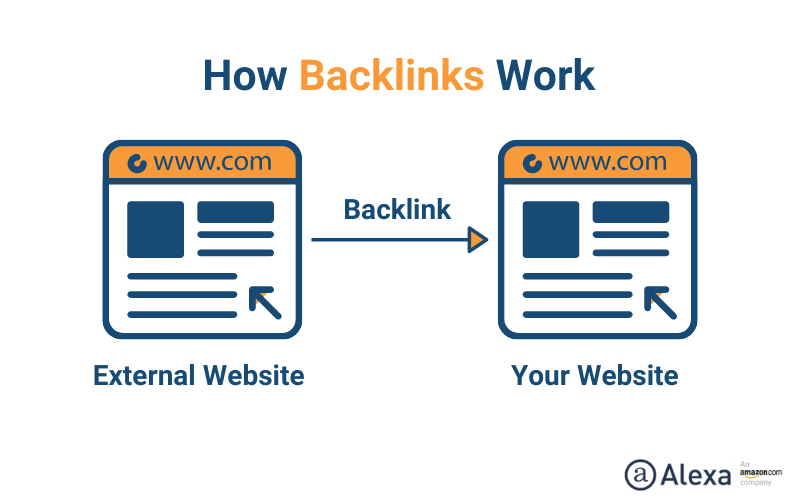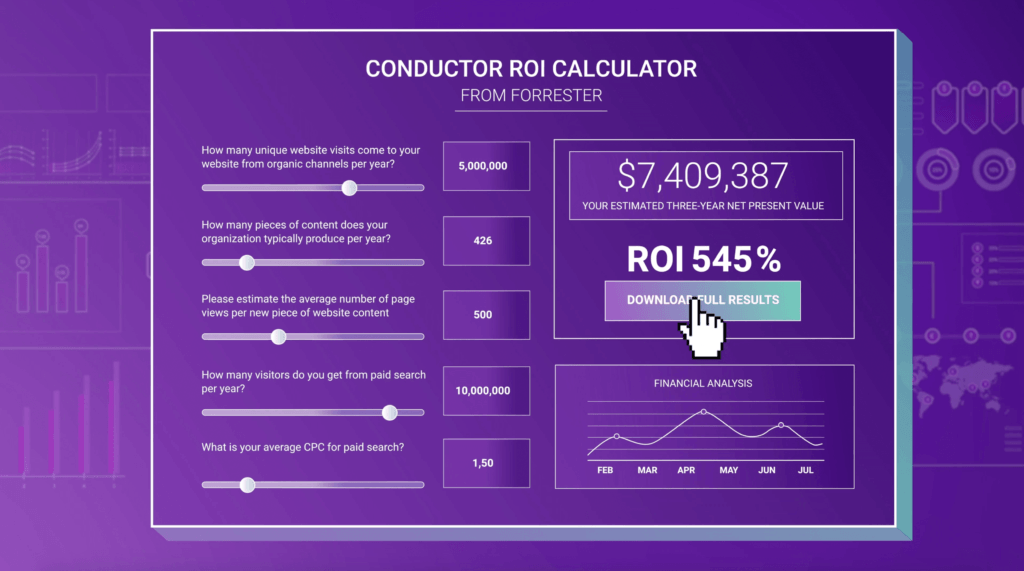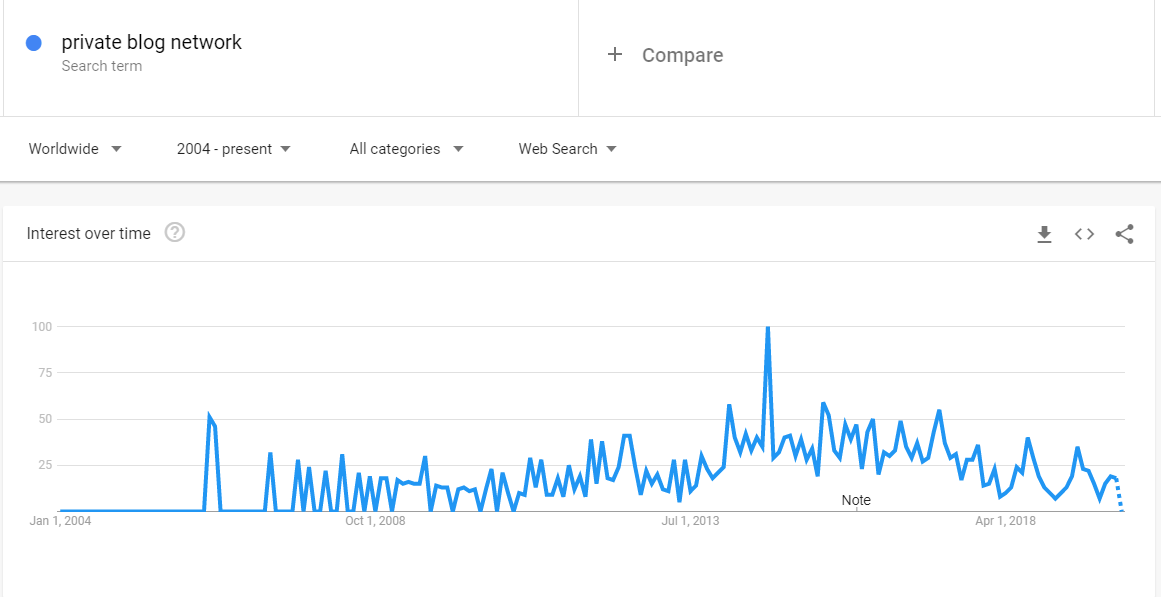
Optimizing the title of your blog is not enough to get a high ranking in Google. Google will index your content if it can find keywords in your content. A basic SEO strategy will help Google do this. Headings should also be considered when optimizing blogs for SEO. They allow readers to flow through the content, and search engines to understand the hierarchy of your reading. When using headings, be sure to include keywords and phrases in the beginning, middle, and end of each section.
Meta description
A meta description is an essential part of any SEO blog. Use an organic tone to write it. Your meta description will answer the query of a user and highlight high-quality content. Users will not like a website that looks spammy. Keep in mind the golden rule: Write for people, not robots. You will get more clicks. Here are some suggestions to help you craft a compelling meta-description.
Keep it interesting. Include your main keyword (or other key phrase) in your meta description. Google does not count your meta description when indexing your page, but it does help to draw a user's attention. The most important thing is to keep your meta descriptions between 140 and 160 characters. A call to actions should also be included, such that a link to the website is included. A compelling call to action is also a key part of a good meta description.
You can advertise your company by using the meta description. It is a great tool to grab a user's interest and persuade him to click on the link. High-quality meta descriptions can boost your website's traffic and sales. The meta description should include a call to actions at the end to encourage users. Your meta description can be rendered useless if your description is too lengthy or contains outdated information.
A meta description is not only readable but can also increase click-through rates. If used properly, the meta description will increase your organic traffic and help you rank higher in search engines. Google's search engine results play a small role in the meta description. If your meta description does not meet the required standards, your page could be ranked on Page Four instead of Page One. A meta description is worth the effort even if you have a low click-through.
Keywords in the title
Focused keywords must be used in the title of SEO blog posts to get the best results. Keywords in the title will let you know the direction and likelihood of your content reaching your target audience. Search engines summarize web pages according to the keywords used in the content. These crawlers use advanced technology to determine the quality of web pages. It is important to include targeted keywords in the title of your articles to improve their search ranking.
Crossfit training or crossfit gyms are good keywords to use if you own one. You should only use one keyword per piece. Search engines can find spammy articles by using too many keywords. This makes your content less valuable. Your articles may rank higher than shorter-tail keyword phrases if you use long-tail words. Using these phrases is a great way to rank higher for a keyword in Google.
The title of your SEO blog should be between 60-70 characters. Title tags should contain the keyword focus as close as possible to the beginning. Additionally, the chosen keyword should communicate the benefit of your post. Keyword stuffing and boilerplate titles is a bad idea. Google warns about keyword stuffing. Therefore, make sure you use a strong focus keyword in your title and make sure that your audience can understand what it will get from your content.
The title should contain your keywords. This is only half the battle. Your article's title should have a good length, not more than 60 characters or 575 pixels. Your title should live up to the promise it made. Make it easy to read and scan. SEO is about planning. Make sure your title is as effective as possible.
Internal links

There are many methods to increase search engine optimization (SEO), on your website or blog. Use internal links to direct users on your website to different pages. These links may lead to different products pages or content. This not only enhances the user experience, but also increases the search performance. You should remember that backlinks are not the same thing as internal links and readers won't be able to find them themselves. This can be achieved by using internal links at the right places.
SEO-friendly SEO strategies include linking to relevant internal pages on your blog. This is a great way to keep readers coming back. Links can be created in many different ways by different websites. Therefore, it is crucial to choose the right anchor text and words for your link strategy. Internal links, in addition to being relevant words, can increase the attention of your readers and encourage them to spend more time on your site. You want to get the best out of your internal links. Make sure they point back at relevant content and offer a helpful solution.
If possible, your internal links should point back to the main target word. Google is unlikely to penalize you if you use exact-match anchor words. However, make sure that the anchor text matches what you are linking to. It shouldn't be keyword-stuffed. You should not manipulate your anchor text in order to improve your rankings. This tactic is against Google’s webmaster guidelines. This tactic is far more effective than you might imagine.
The creation of content on topics relevant to your core service is another way to optimize internal linking. A Columbus landscaping company generates 390 search per month, which is far lower than the volume of searches for "best smartphone". Your SEO efforts can be improved by strategically including links to internal pages in your blog posts. This is done by anticipating the questions users may have as they visit your site.
Schema markup
You can use schema markup in your blog posts to improve your search engine rankings. To create schema markup, visit Google Structured Data Markup Helper. You can enter your website URL, select a category, and then paste the HTML code. This tool generates a tag manipulator and a rendered page in a new window. From there, you can click individual elements to tag them.
There are three types: NewsArticle (TechArticle), Microdata (Microdata). Each type of schema markup has its own set of flags depending on the content. NewsArticle, on the other hand, is for articles that cover current events. TechArticle can include flags that indicate technical content. An example is a HowTo article. These flags could indicate the technical level of its author, the software used and any dependencies.
Google has created an easier to use interface to create schema. It allows you to tag data and see how similar content appears in search results. To increase brand awareness, schema markup should be used in blog posts. You can use schema to advertise a small business located in a specific area. Schema can also be used for events promotion. There are many benefits to schema markup being used in SEO blog posts. These links will help you to decide what schema markup to use.
Schema optimization can help you optimize your content. Search engines use markup to identify different elements within a site. Schema markup is useful for blogs about food. It can identify ingredients, steps to follow, and nutritional values. Schema markup can also be used to build a review blog. In general, the more relevant content you have to a user’s query, the higher your search engine rankings.
Copyrights for images

It is crucial to verify the permission of any images you plan on using for your SEO blog. Many PR agencies do not share images from their websites, and you may not be able to use them. Contact them to learn who owns the image. Most times the owner is happy to give permission for you to use the photo. Here are some tips to help you comply with the law:
Google images are not to be used. Before you use any image from Google, you need to get permission from its owner. Google allows images to be searched, but you need permission to use them. You can request permission to use the image if you have trouble finding it. This will ensure you don't violate any copyrights. Images copyrights are crucial in determining whether a blog is successful or a site that is banned by search engines.
Check the copyrights on any image you wish to use in your blog. Although it may seem tempting to use images from Google Images, it is illegal. By stealing images without proper permission, you're discrediting the work of the image creator and exposing yourself to legal repercussions. You can use public domain or fair-use photos if you have permission from the owner. If you still have any doubts, consult an intellectual property attorney.
Images that are used in SEO blogs must have the same author as the attribution. Funny or creative photos are more likely for use in SEO. However, you should always review the license terms. While some images can be used for free, others are subject to certain restrictions. Don't use images that you don't know the author of. You may be violating the copyright if they are not royalty-free. A lawsuit could be filed against you, which can lead to significant financial losses.
FAQ
How long does it take to see results from PPC Advertising?
Paid search results can take longer to show up than organic searches because they lack a natural flow. A person searches for something and expects to see the most relevant results first. Paid search results must work harder to convince people that they should pay money to advertise on their site.
What are the different SEO strategies?
Search engine optimization (SEO), search media optimization (SMO), as well as pay-per click advertising (PPC) are all examples of different SEO strategies.
SEO is a way to optimize content for certain keywords through text formatting and HTML code.
This allows you to rank higher in search results.
Social media optimization is the process of optimizing your website so that it can be used on social networks, such as Twitter, Facebook, or Google+.
These can help you build your online reputation and increase traffic to your site when people search for related topics.
PPC ads, which show relevant products and services, appear at search engine results pages' top.
The most common type of PPC ad is an advertisement on Google paid search. These ads cost money, but are extremely effective.
PPC advertising can also be done in other ways, such as display ads, video ads and sponsored post.
Why Should I Use SEO?
There are many good reasons to use search engine optimization.
It helps increase traffic to your site by ensuring that it appears high in search engine results.
Second, it helps increase conversions by ensuring that users find exactly what they're looking for when they type into their search bar.
It helps customers find you online, which increases brand awareness.
Fourth, it improves user experience by allowing them to quickly navigate your website.
It builds trust with potential customers and shows that you care enough to rank well in search engines.
Why would an SEO strategy be necessary?
SEO strategies will help you to maximize your potential for growth. It's not worth having great content if it doesn’t get found!
An effective SEO strategy will help you establish relationships with industry experts and influencers. With their connections and knowledge, you can learn new techniques and tricks to beat your competitors.
Link Building can improve my rankings
Link building is the process of creating high-quality backlinks to your website. It's important to ensure that websites linking to yours are relevant for your business. The more authoritative and unique your link appears, the greater.
Statistics
- Sean isn't alone… Blogger James Pearson recently axed hundreds of blog posts from his site… and his organic traffic increased by 30%: (backlinko.com)
- 93%of online experiences today begin on search engines. (marketinginsidergroup.com)
- A 62.60% organic traffic boost to that page: (backlinko.com)
- Deleting those 10k pages is one of the main reasons that he improved his site's organic traffic by nearly 90%: (backlinko.com)
- And 90%+ of these backlinks cite a specific stat from my post: (backlinko.com)
External Links
How To
How to create your keyword strategy
Keyword research is a key part of any SEO campaign. It helps to determine what people search for using search engines like Google, Bing, and others. This information allows you to create content around these keywords. This allows you to put your efforts into creating content that is high-quality and relevant to specific topics.
Keywords should be included in the text of every page. Avoid putting keywords at the ends of pages or in odd places. Instead, you should use words that are relevant to the topic at hand and place them in a way that makes sense. You might write, "dog grooming" in place of "dogs", "groom", and "grooming" when you're writing about dogs. This makes the content more easily readable and easy to understand for users.
It is better not to use keywords too much. If you do, you'll have to spend time developing quality content related to those keywords. If you spend too much time producing low-quality content, it's possible that your visitors won't be interested enough. Therefore, it's better to keep backlinks to a minimum. However, you shouldn't ignore links completely because they still provide value to websites when used correctly. Links can improve your website's authority and rank.
It is especially beneficial to link to websites that are related. You can increase your chances to appear higher in search engine results by linking to product reviews blogs.
This will increase your organic traffic through searches related to your niche. To maximize your potential, consider joining forums to promote your site. They will most likely refer to your site back to you.